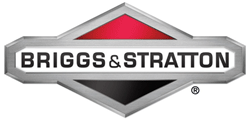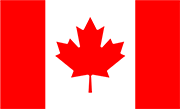Make sure you haven't got the discount earlier.
Appliance Parts
- Accessories
- Dishwasher
- Dryer
- Stove / Oven
- Microwave
- Refrigerator
- Washer
- See more... See less...
Lawn Equipment Parts
- Lawn Mower
- Chainsaw
- Blower
- Generator
- Air Compressor
- Lawn Tractor
- Pressure Washer
- See more... See less...
Your Go-To Grill Guide: Tips and Tricks to Master the Grill
The right cut of meat is crucial to cooking. Oftentimes we don't know much about the animal from which the meat comes. If we can get back to the animal's anatomy, we can better choose the cut that is right for our dish. The less a muscle is worked, the more tender it will be. Generally, the tougher meats are at the front and rear of the animal. This is because the front and hind sections do most of the work over the animal's life, through walking and supporting the body.
Tender cuts are the easiest to cook, and are also the most expensive. These areas contain the least-worked meat with the largest amount of intramuscular fat. This type of fat is referred to as "marbelization", and is rated in the United States by the USDA as Prime or Choice. Only about 3% of beef cows are rated Prime, and about 54% are rated Choice. Prime typically contains the more visible marbelization of fat. This fat melts at a lower temperature, and results in meat that needn't be cooked to high internal temperatures. These cuts of meat can be prepared medium-rare or rare. The infographic below contains safe meat cooking temperatures.
When braising or slow-cooking meat, choose a tougher cut of meat, like the chuck or round beef, or shoulder or leg sections of pork. Braising involves searing the meat at very high temperatures, which browns the outside, then cooking in liquid at a low temperature to break down the tight muscle fibres and release the fat. Tougher cuts of meat are cheaper, and are packed with flavor – which just has to be released with the right cooking technique.
With the infographic below, you can sear, fry, roast, braise, stew, or grill your favorite meat, and get your cooking to the next level.

Embed the image on your site
- Search your model number to find:
- Genuine OEM parts guaranteed to fit
- Free manuals and guides
- Repair instructions and videos


































